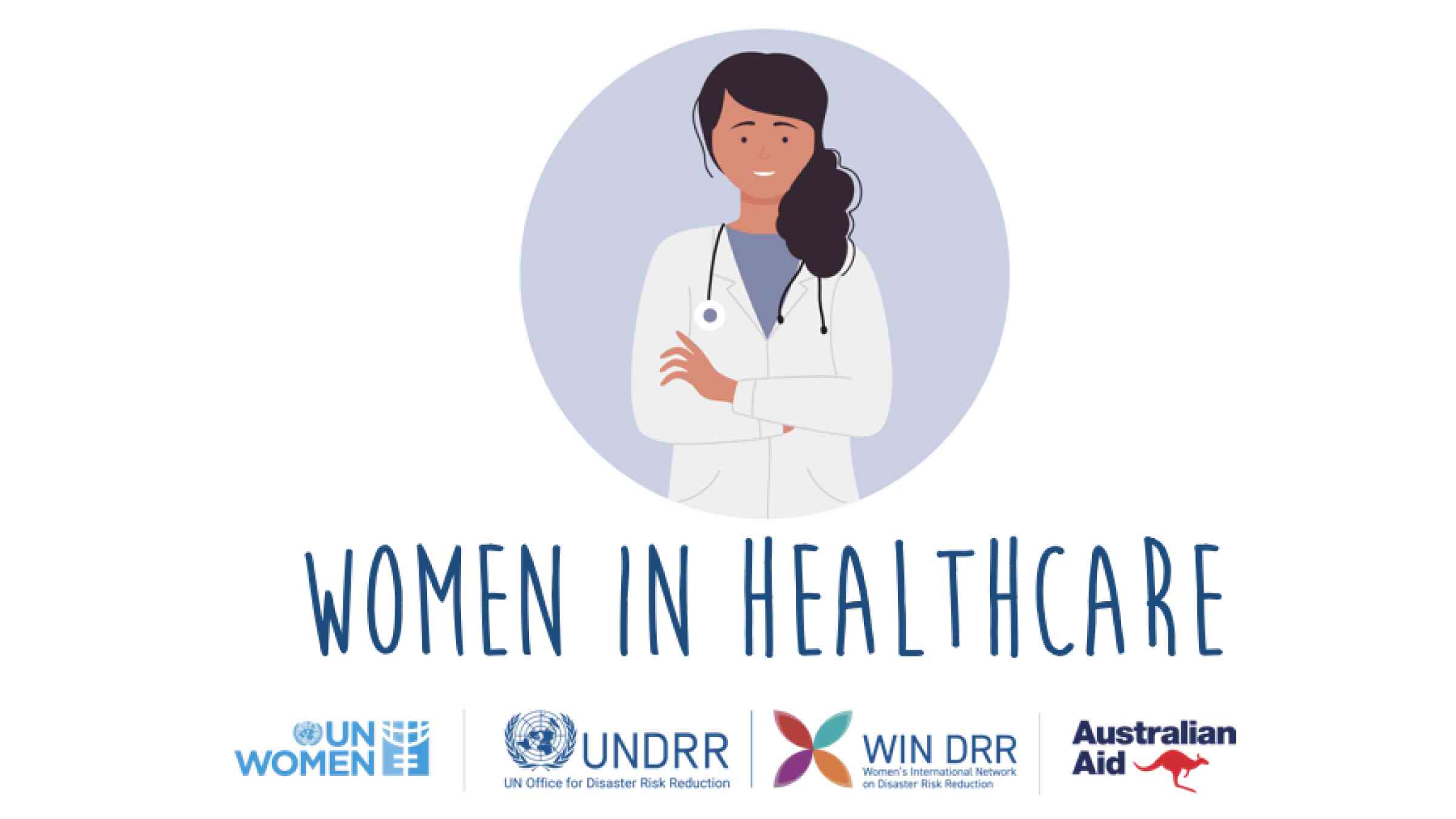The Significance of Healthcare RCM in Enhancing Cash Flow and Performance
The Significance of Healthcare RCM in Enhancing Cash Flow and Performance
Blog Article
A Comprehensive Guide on How Healthcare RCM Works to Enhance Payment and Collections
Browsing the complexities of healthcare income cycle administration (RCM) is important for carriers aiming to boost their payment and collections processes. The guide unpacks the details of RCM, from individual registration to accounts receivable management, offering understandings into enhancing each action.
Recognizing Income Cycle Administration
RCM is a crucial management feature that incorporates the whole monetary process of patient care, from the preliminary appointment setting to the final settlement of the equilibrium. It is an intricate treatment created to recognize, accumulate, and take care of the income from the services offered to individuals.
The RCM process begins when a person timetables an appointment and prolongs through the client's care trip, including billing and collections. A key purpose is to reduce the time between receiving and providing a service repayment, thus boosting the company's financial wellness. RCM entails numerous functions such as person registration, insurance policy verification, charge capture, coding, asserts entry, payment posting, and managing rejections and allures.
Secret Elements of RCM
In the realm of Profits Cycle Monitoring (RCM), comprehending its essential elements is essential to accomplishing financial performance within medical care companies. RCM is an extensive process that includes numerous phases, each critical to guaranteeing effective billing and collections. The main parts include person registration, insurance confirmation, cost capture, coding, case submission, repayment publishing, and accounts receivable management.


As soon as coded, insurance claims are submitted to payers, where accuracy is extremely important to stay clear of denials or hold-ups - Healthcare RCM. Settlement publishing includes tape-recording the gotten payments, which allows for the reconciliation of accounts. Finally, accounts receivable administration focuses on monitoring and resolving overdue claims, guaranteeing prompt follow-up and resolution
Each part of RCM is adjoined, and inefficiencies in any kind of part can disrupt the entire cycle. As a result, understanding these aspects is necessary for doctor to maximize income and improve their financial health and wellness.
Strategies for Effective Billing

Standardizing invoicing treatments across the company is another crucial method. Developing clear standards for paperwork, coding, and submission helps preserve uniformity and conformity with regulatory requirements. Educating personnel regularly on these treatments makes sure everybody is up-to-date with the most recent adjustments in billing codes and payer plans.
Precise cost capture is vital in avoiding revenue leak. Executing routine audits and tracking systems enables the identification and modification of disparities prior to they affect revenue. Furthermore, maintaining open lines of communication with payers helps to swiftly solve any kind of disputes or misunderstandings that may occur.

Lastly, interesting patients early in the invoicing process by offering clear quotes and educational materials regarding their monetary responsibilities can dramatically decrease confusion and boost settlement timeliness. These approaches collectively add to a more financially healthy and efficient billing system.
Enhancing Collections Processes
Provided the intricacies of clinical payment and the variety of payer needs, boosting the collections process involves implementing critical procedures that make certain timely and accurate payment of services rendered. Automation devices can aid in tracking claim standings, sending prompt reminders to people, and handling rejections much more effectively.
Transparent and clear person interactions are essential. Offering comprehensive descriptions of costs and offering versatile repayment strategies can increase patient fulfillment and timely repayments.
Normal audits of the collections process must be carried out to recognize areas for improvement and guarantee compliance with laws. By examining data, health care companies can identify trends, anticipate prospective problems, and adjust strategies accordingly (Healthcare RCM). Eventually, a well-enhanced collections process not only sustains economic wellness yet additionally adds Get More Info to a more smooth experience for individuals and personnel alike
Optimizing Income Streams
Building upon the foundation of a strong collections procedure, health care organizations can additionally strengthen their economic stability by tactically optimizing profits streams. This entails a multi-faceted approach, starting with a detailed analysis of existing income resources to determine ineffectiveness and areas for growth. Using advanced data analytics tools allows companies to gain understandings into payer mix, patient demographics, and solution use patterns, enabling data-driven decisions that improve profits capture.
Executing automated billing systems can dramatically lower errors and expedite claims refining, making sure that revenue is accumulated extra efficiently. Furthermore, maximizing payer contracts through routine settlements can boost reimbursement prices and terms, directly affecting the bottom line. Diversifying solution offerings, such as integrating telehealth or health programs, can likewise bring in a broader patient base, therefore increasing income possibility.
An additional vital element is boosting patient interaction and fulfillment, as completely satisfied clients are more probable to stick to therapy plans and make timely payments. Supplying versatile payment options and clear invoicing techniques can boost collections and foster individual loyalty. Healthcare RCM. By adopting these strategies, medical care companies can create a more resilient financial structure, ensuring continual development and stability in an ever-changing market landscape
Final Thought
In final thought, medical care Profits Cycle Monitoring (RCM) plays an essential duty in optimizing invoicing and collections processes by integrating crucial components such as patient enrollment, insurance coverage confirmation, fee capture, coding, claims submission, and receivable administration. By employing sophisticated technology, systematizing treatments, and promoting client engagement, health care suppliers can substantially decrease case denials, increase repayment cycles, and boost capital. This extensive strategy to RCM eventually results in improved monetary effectiveness and sustainability for health care organizations.
The RCM procedure starts when a patient schedules an appointment and extends via the client's treatment trip, consisting of invoicing and collections.One more crucial part is enhancing client involvement and fulfillment, as pleased patients are Recommended Site a lot more likely to adhere to therapy plans and make prompt repayments. Supplying versatile repayment choices and transparent payment methods can enhance collections and foster patient loyalty.In verdict, health care Revenue Cycle Monitoring (RCM) plays a critical function in maximizing payment and collections processes by integrating essential elements such as client enrollment, insurance policy verification, cost capture, coding, asserts entry, and accounts receivable monitoring. By utilizing innovative modern technology, standardizing procedures, and visite site fostering person involvement, healthcare carriers can considerably minimize case rejections, increase payment cycles, and enhance cash money circulation.
Report this page